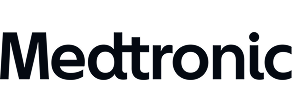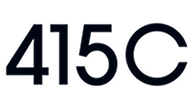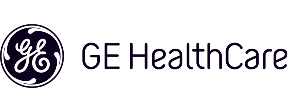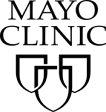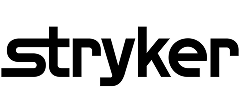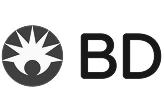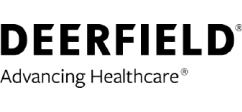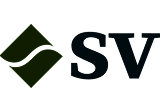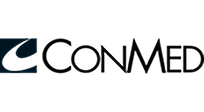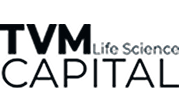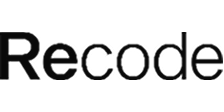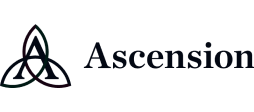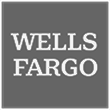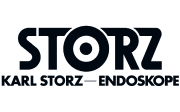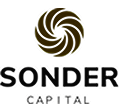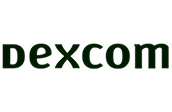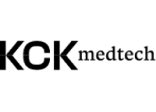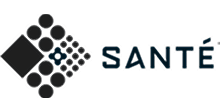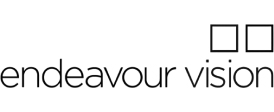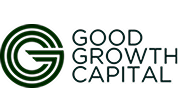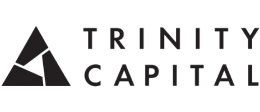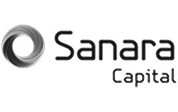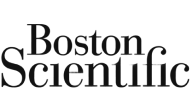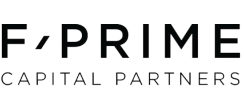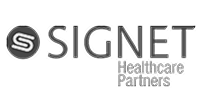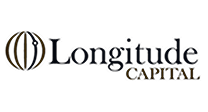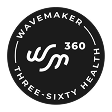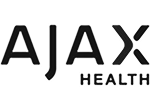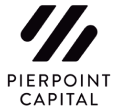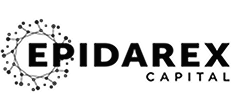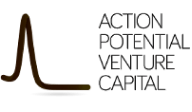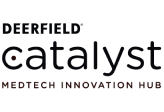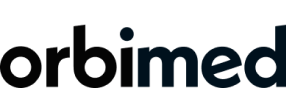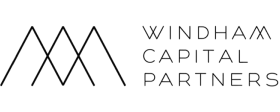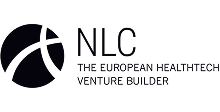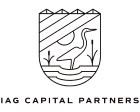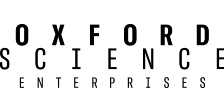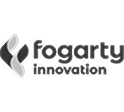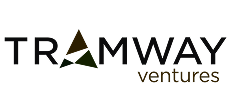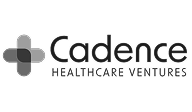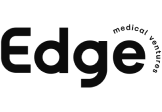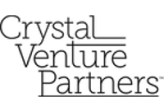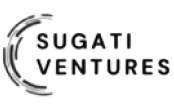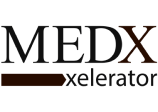
Global sales of neurostimulation technologies targeting neurological disorders were estimated at more than $1.5 billion in 2019. Among these, deep brain stimulation (DBS) for Parkinson's and Essential Tremor contribute the largest share of sales (56%) based on the relatively established nature of this application and the high cost of the implants. It is followed by DRE (29% of sales), which is also dominated by expensive implants. In contrast, neurostimulation-based treatment of MDD and post-stroke extremity motor dysfunction are served primarily by noninvasive technologies. The former is a more recent application that is expected to continue its reliance on noninvasive technologies, whereas the latter is a more traditional user of noninvasive technologies that may be augmented with implant therapy late in the forecast period.
Looking at the market from the standpoint of geography, the U.S. clearly dominates sales based on its expansive use of expensive implants. However, its 74% share of global sales in 2019 is projected to decline slightly to 71% in 2024 as other nations expand their use of implants and as noninvasive technologies find increasing global acceptance. Overall, the composite global market is projected to increase at a 12.7% real annual rate to $2.75 billion in 2024.
For a detailed analysis of this market, become a Medtch Pro subscriber or purchase access to this single report.
Abbott/St. Jude Medical
Adept Neuro SA
Aleva Neurotherapeutics
Bioness
Bionic Enterprises
Boston Scientific
Cala Health
Cerbomed
CerebralRx
Cervel Neurotech
Clinatec
CorTec/Wyss Center
CVRx
DARPA ElectRx
Deep Brain Innovations
Finetech Medical
Functional Neuromodulation
Hanger
LivaNova
Medtronic
MicroTransponder
Neuronetics
Neuronix
NeuroPace
NeuroSigma
Nexeon Medsystems
Ottobock
PINS Medical
SceneRay
Tal Medical
Order individually or subscribe and
get a
complete intel platform.
Trusted By The Companies Pioneering What’s Next
Schedule Meeting
17011 Beach Blvd, Suite 500 Huntington Beach, CA 92647
714-847-3540© 2026 Life Science Intelligence, Inc., All Rights Reserved. | Privacy Policy
